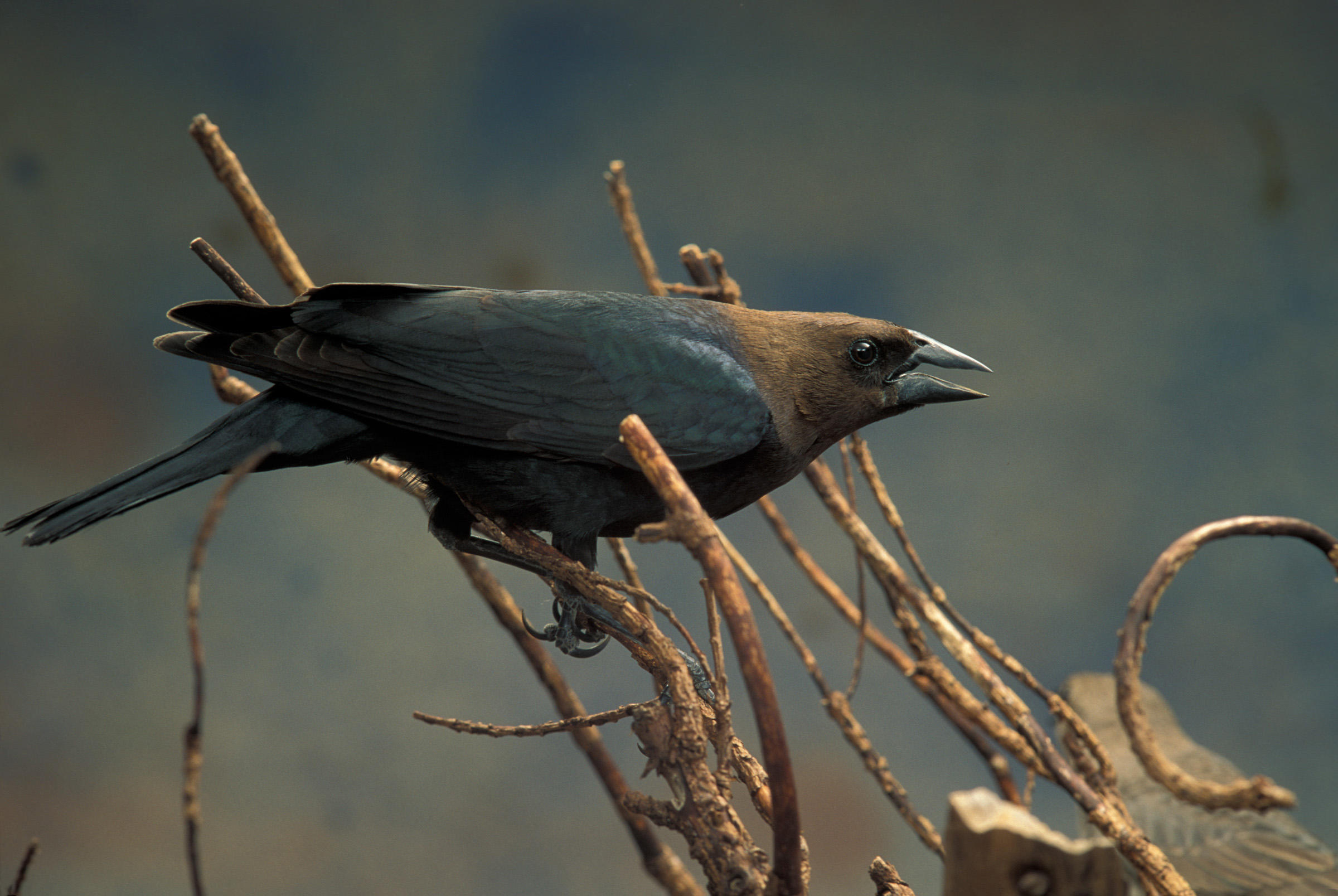 Do you enjoy the sights and sounds of songbirds? Are you helping to create a habitat suitable for a wide variety of songbirds? The habitat can start with planting suitable trees, shrubs and grasses. You can even provide nesting boxes (bird houses) for various species of birds to attract them to your location.
Do you enjoy the sights and sounds of songbirds? Are you helping to create a habitat suitable for a wide variety of songbirds? The habitat can start with planting suitable trees, shrubs and grasses. You can even provide nesting boxes (bird houses) for various species of birds to attract them to your location.
Do you know about the next step in providing a songbird friendly habitat? Here at our ranch, we participate in the Texas Parks and Wildlife Department (TPWD) Cowbird Trapping Program. We encourage others to join in. First a little background about cowbirds.
Throughout North America songbird numbers are declining. A major contributing factor is the spread of the cowbirds. The brown-headed cowbird is a migratory member of the blackbird family. The adult male is easily identified by his brown head and metallic green-black body, and unique “call”. Cowbirds are called brood parasites because they lay their eggs in the nests of other birds and do not care for their own young.
Their parasitic reproduction strategy is unique among the world’s blackbird species. Today, brown-headed cowbirds thrive throughout the United States. Since cowbirds historically followed herds of cattle, the female does not have time to raise her own brood. So she finds the nest of another bird, lays a single egg in it, and leaves. The female cowbird may do this up to 40 times in varying locations per breeding season. When she does, she will remove or destroy some or all of the eggs and/or nestlings of the host birds.
The host birds, usually songbirds, raise the cowbird chick as their own. Cowbird eggs hatch sooner and the young grow faster and larger, so the cowbird chicks get most of the food and have been known to push the host’s chicks completely out of the nest. The majority of the time the adult host birds end up feeding and caring for only the cowbird chick, rather than the next generation of their own kind.
Now back to trapping the pests. Important Note: The Migratory Bird Treaty Act of 1918 is a United States federal law, first enacted in 1916 for the protection of migratory birds. The law makes it unlawful without a waiver to pursue, hunt, take, capture, kill or sell birds listed therein (“migratory birds”). Over 800 species, including the brown-headed cowbird, are currently on the list. So the important first step in trapping them is obtaining a “license to kill”. Your TPWD biologist can provide the training and licensing documents. The second step is obtaining a workable bird trap. One may build a trap using several plans widely available.
With a license and a trap you are well on your way to modifying and enhancing your song bird habitat. Experience will instruct you regarding modifications and enhancements to your trapping efforts, such as ideal trap locations, best dispatching methods, frequency of “running” your trap, releasing other bird species, and keeping predators out of the trap.
I hope this information and your subsequent actions will increase your availability and enjoyment of more songbirds. Enjoy the music!
Links:
Texas Parks and Wildlife Cowbird Trapping Program
Texas Parks and Wildlife Cowbird Traps
Texas Parks and Wildlife Cowbird Trap Instructions
